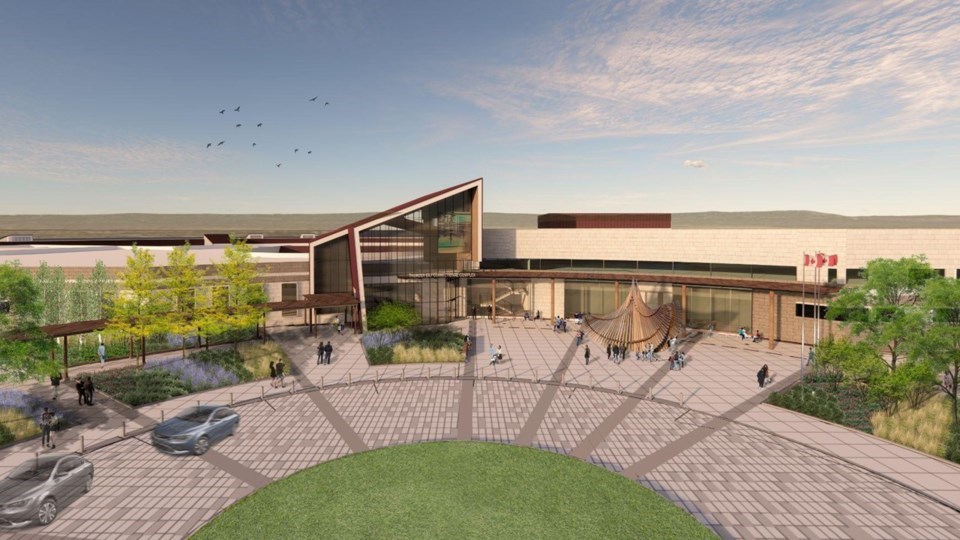THUNDER BAY — The Conference Board of Canada is painting a rosy picture of Thunder Bay's economic outlook heading into 2024, saying the number of people working in the city is approaching a peak that was reached two decades ago.
The construction sector — fuelled by the new jail project — that's leading the way.
In an updated forecast of trends across the country, the conference board says real growth in the city's growth domestic product will clock in at 2 per cent this year and 2.5 per cent next year.
Both figures are lower than what the not-for-profit applied research organization predicted last March, but its economists still believe Thunder Bay's economic growth will outpace the national GDP growth of 1.5 per cent this year and 1.2 per cent next.
Ongoing construction of the new $1.2 billion provincial jail — described by the board as "an enormous project by local standards — will continue to provide the biggest boost to the city's economy even as Canada's economy cools.
According to the conference board, employment in Thunder Bay rose 1.3 per cent last year to nearly 62,000 workers following a 3.5 per cent jump in 2021.
Employment growth for 2023 is expected to come in at 4.9 per cent, pushing the number of people employed in all sectors to 64,900, just shy of the peak of 65,500 which it says was achieved in 2003.
Nearly 900 additional new jobs should be generated by the jail project next year, lifting total employment in the city's construction sector alone to a record high of more than 6,400.
Other sectors of the local economy will experience more modest growth, including manufacturing, transportation and warehousing.
Even though retail sales in Thunder Bay had a strong rebound from pandemic-era lows, with growth of 9.2 per cent last year, the conference board said that pace is unsustainable in an inflationary period, so it's forecasting a 2.8 per cent increase in retail sales next year.
Charla Robinson, president of the Thunder Bay Chamber of Commerce, agrees that the jail project is underpinning the city's economy.
"Generally, I would say that their outlook makes sense to me based on that significant [provincial] government spending happening in our community," she said Tuesday, adding that she has no questions about the data the board is using or about its projections.
"But there is another side of the economy where people are struggling, and businesses are struggling ...Retailers don't generally connect to the industrial construction sector. So it is an uneven picture."
Robinson said "inflation is taking a real bite out of individuals' excess money, which means they're maybe not going to be buying as much for Christmas, they're not going out to eat as much. They're not doing those discretionary things."
On a more optimistic note, in addition to the momentum in the construction sector, Robinson said there's a bright future in natural resources, and that "we're seeing lots of investment there in potential new mines, and all the work that goes into that."
The conference board notes that migration to Thunder Bay should contribute to modest population increases this year through 2027, "a welcome development following population declines in 13 of the past 20 years."
It believes relatively modest housing prices in Thunder Bay are a factor that could lure more new Canadians to the city.
- TBnewswatch




